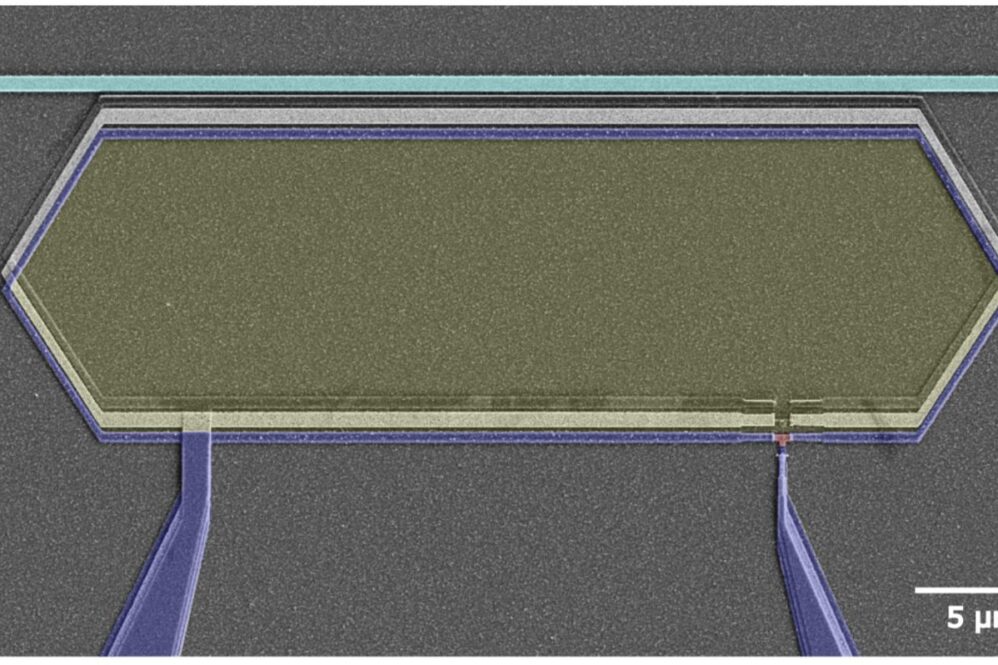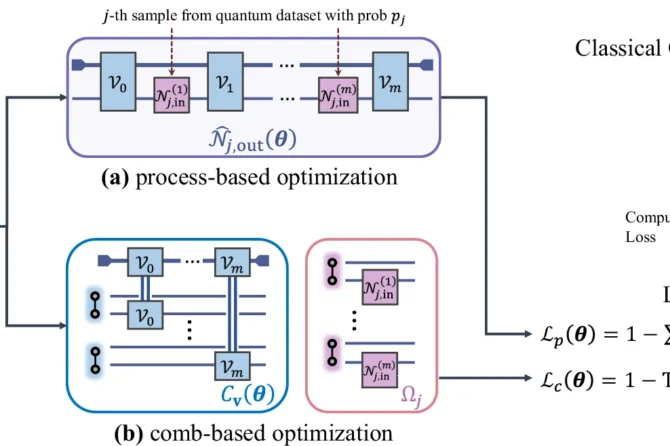Heat and computers do not mix well. If computers overheat, they do not work well or may even crash. But what about the quantum computers of the future? These high-performance devices are even more sensitive to heat. This is because their basic computational units — quantum bits or “qubits” — are based on highly-sensitive units, some of them individual atoms, and heat can be a crucial interference factor.
The basic dilemma: In order to retrieve the information of a qubit, its quantum state must be destroyed. The heat released in the process can interfere with the sensitive quantum system. The quantum computer’s own heat generation could consequently become a problem, suspect physicists Wolfgang Belzig (University of Konstanz), Clemens Winkelmann (Néel Institute, Grenoble) and Jukka Pekola (Aalto University, Helsinki). In experiments, the researchers have now documented the heat generated by superconducting quantum systems. To do so, they developed a method that can measure and display the temperature curve to one millionth of a second in accuracy throughout the process of reading one qubit. “This means we are monitoring the process as it takes place,” says Wolfgang Belzig.
The method was recently published in the journal Nature Physics.
Reference : E. Gümüş, D. Majidi, D. Nikolić, P. Raif, B. Karimi, J. T. Peltonen, E. Scheer, J. P. Pekola, H. Courtois, W. Belzig, C. B. Winkelmann. Calorimetry of a phase slip in a Josephson junction. Nature Physics, 2023; DOI: 10.1038/s41567-022-01844-0


